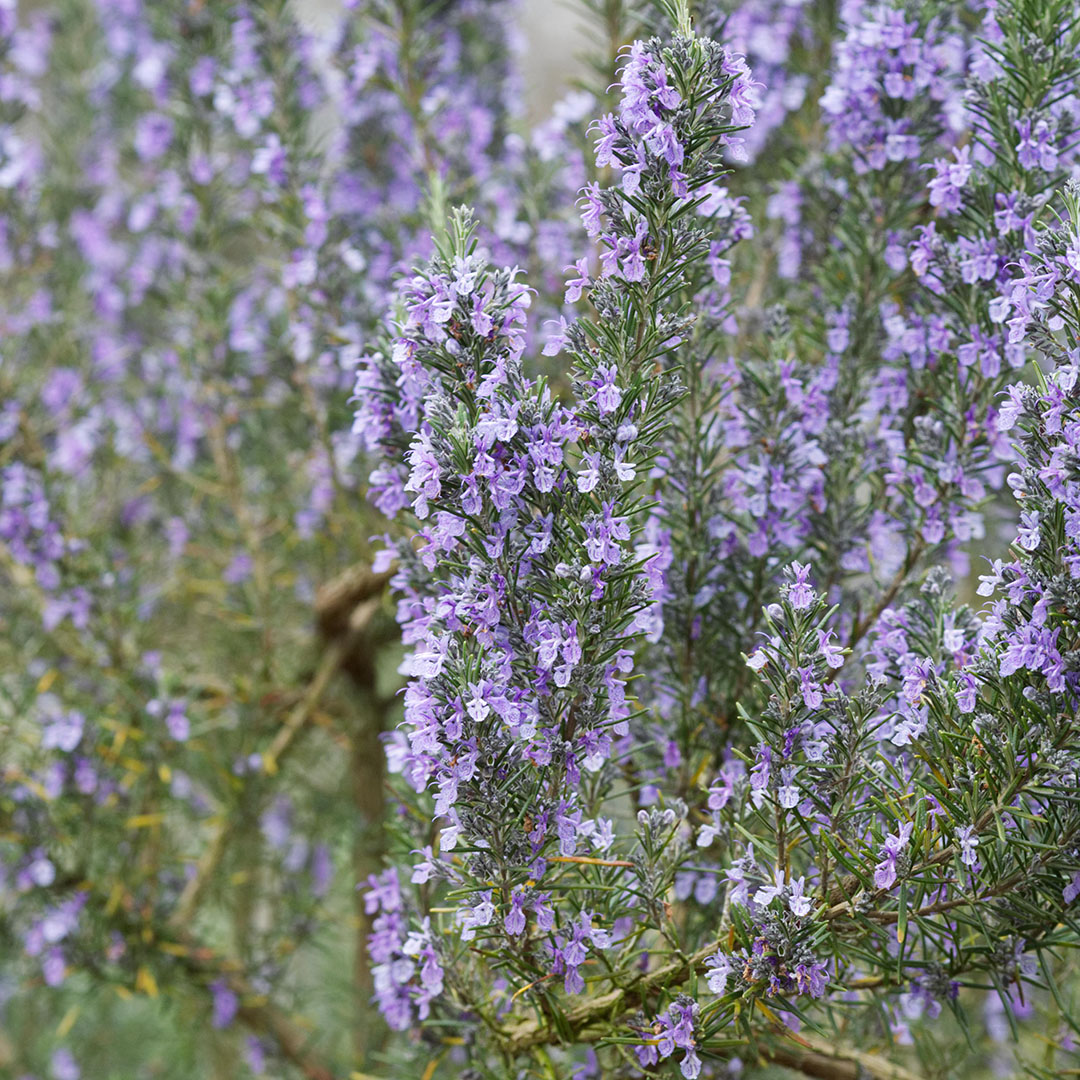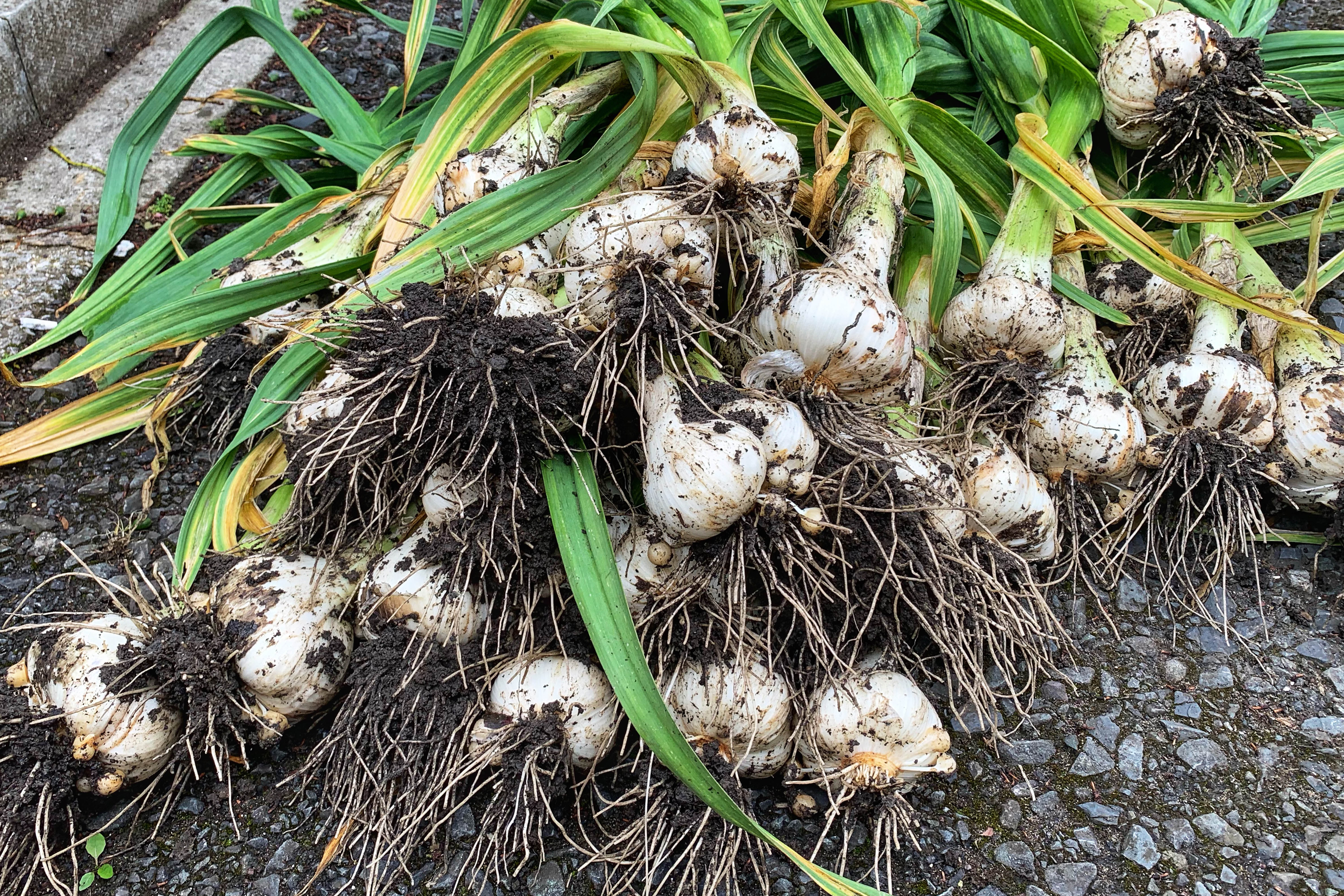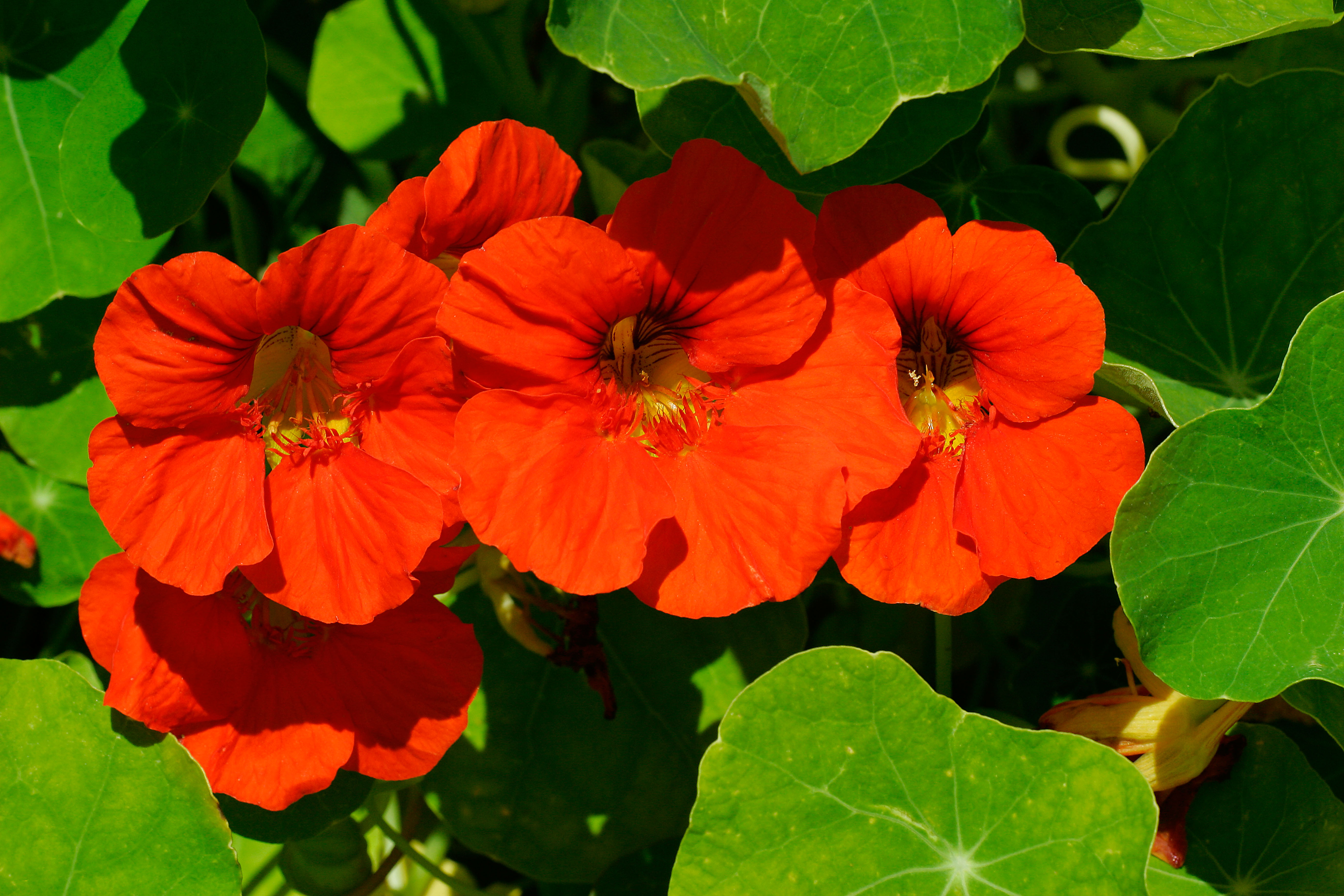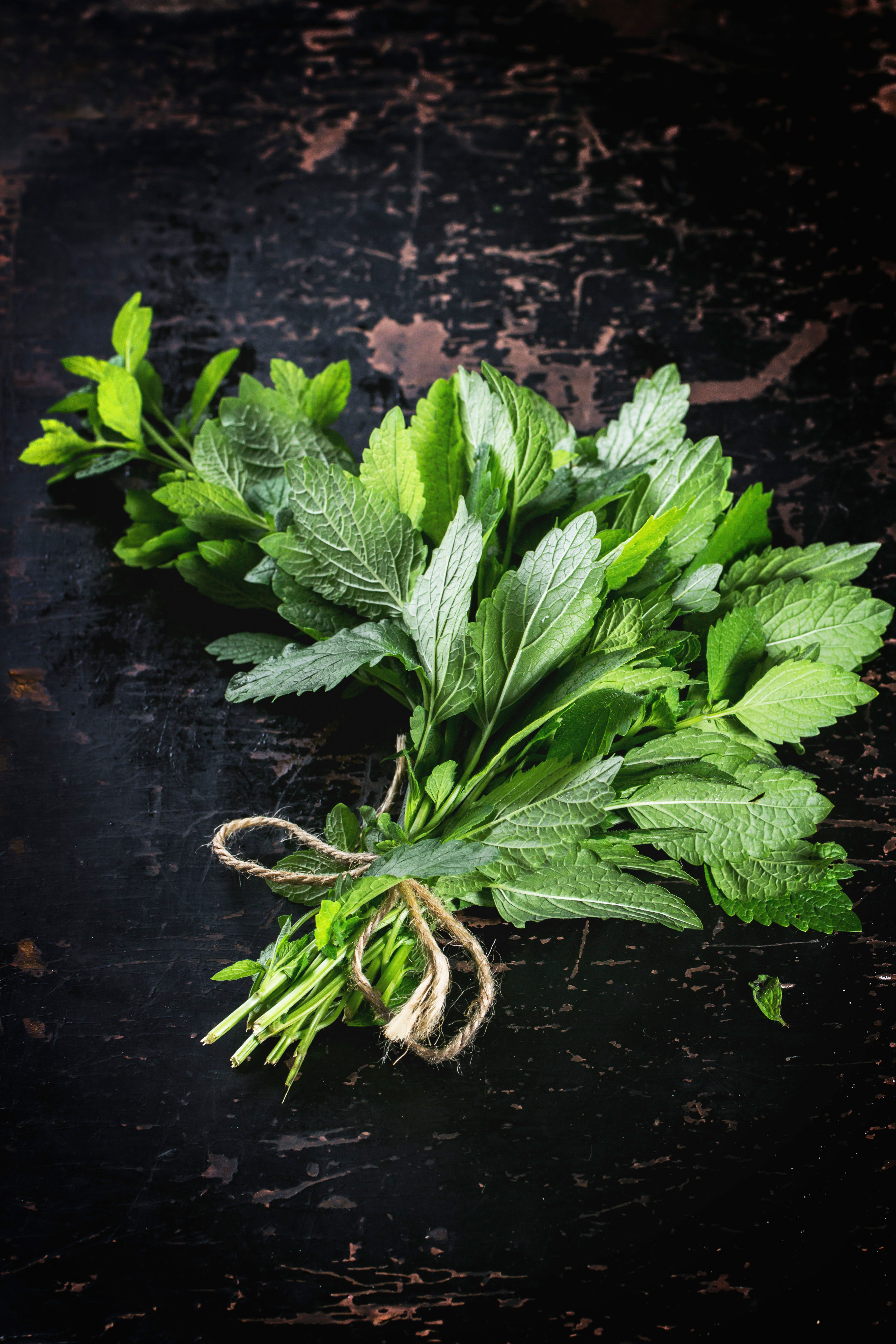The best herbs to grow in your garden aren't the ones you use the most. Here's why.
Mark Diacono is about to embark on creating a herb garden — here's what he's going to grow.


I recently moved to a new garden; thankfully, it came with a house attached. The garden is small and wildly inclined, so, rather than dive into the challenge, I did what you are always told to do with a garden: leave it be for a year to see what it does, what hidden gems (or otherwise) might lie temporarily unseen, waiting to spring forth.
Accordingly, I left the beds alone. Instead, I filled pots with compost and trowels of grit and planted herbs. I may not have grown any vegetables or fruit, but that rectangle near the back door made my summer and changed so many meals for the better.
It refreshed my belief that there is nothing better you can grow than herbs: they dress up the staples in delicious clothes, look beautiful, draw beneficial insects into your garden and for a large part — especially if you favour perennials — they are straightforward to care for.
Having sat on my hands and observed the wonderful and the less so appear, I will be creating a herb garden in the months ahead. I’ve done this many times for clients, but it’s been a while since I’ve done it for myself. This led me to ponder what I should choose. What have I learned over the decades of doing this?
Perhaps counter-intuitively, I prefer not to grow the herbs I use most. For me, that’s coriander, parsley and common thyme. I can’t grow enough to keep up with what I use and if you’ve ever grown coriander you know what a hiding to nothing you are on trying to keep it from bolting. I’d end up dedicating half my garden to growing herbs that are widely available and harvesting heavily would mean it wouldn’t look good for long, nor would the herbs have a chance to flower, which is what draws in the pollinators. Therefore, I decided to grow variations on their theme.
These different shades of the familiar may be deployed less than the standard herb in the kitchen, but when they’re called for, they make such a difference. Ginger rosemary — a perfect coming together of two of the flavours I love best — works with everything from lamb to rhubarb and makes a wonderful syrup for a Tom Collins (with equal parts gin and lemon juice, if you’re suddenly in the mood). Orange thyme and lemon thyme make me happy; the former brings autumn depth, the latter a dash of warm brightness for any season.

I’ve recently taken to growing Mexican tarragon, too (Tagetes lucida), which has a sweeter, more intensely aniseed flavour than French tarragon. A heat-loving marigold, it should be brought undercover in winter.
Exquisite houses, the beauty of Nature, and how to get the most from your life, straight to your inbox.
Scotch lovage is a slightly more succulent variation on the (delightful) monster that is lovage and is much smaller, giving you that familiar flavour without making a big scene. That said, familiar lovage is magnificent if you have space for it.
There are many excellent herbs that you can only eat if you grow them yourself and, consequently, will be a priority. Korean mint (Agastache rugosa) and anise hyssop (Agastache foeniculum) are two of my favourites. They share a wonderful anise mint flavour and scent; the former is more brightly minty, the latter more coolly aniseed.
Both resemble a cross between mint and a nettle, with beautiful, slim, tall purple flowers that draw bees and other pollinators. You might even see finches pick seeds from them in late summer and autumn. Shiso, sweet cicely, salad burnet: the list of possibilities goes on.
There are other favourites I wouldn’t be without. Lemon verbena is my desert-island herb. Even if you couldn’t use it in the kitchen, I would have a few plants simply to rub between my fingers as I leave and return to the house, relishing a scent and flavour like clean, sherbetty lemon zest. I use it to infuse cakes and make sugar syrups for cocktails; it makes a wonderful herb tea in partnership with Moroccan mint, too.
Even with the fun of creating a herb garden, I’ll be keeping some in containers. It sidesteps any soil limitations, allows me to move plants such as lemongrass indoors for winter and means herbs can be grown right next to the kitchen door, where they look beautiful and I can get to them easily.
Mint loves to spread sideways — it’s great under a tree you’d rather not mow around or towards the back of a bed — but, otherwise, a container is best. Moroccan, chocolate and berries-and-cream mint are among the dozen or so I’m already growing, but I usually add one or two more each year.
You’ll notice that most of these are perennials. If you are after maximum beauty and a long season of interest, but lowest maintenance, that’s the sweet spot.
Mark Diacono grows edibles, both usual and unusual, at Otter Farm in Devon — www.otterfarm.co.uk

Credit: Getty Images
How to grow garlic: Delicious, lucky and superbly easy to cultivate
Mark Diacono teaches us how to grow garlic.

Credit: Alamy
The top salad leaves to grow in your garden for summer garnishes
Mark Diacono tells us his top salads to plant to accompany barbecues this summer season.

Credit: Alamy
Cultivating mint: What varietals to plant, where to plant them and whether they should be used for jelly or juleps
Mark Diacono explains why mint is for even the incurably incompetent horticultural enthusiast.

Credit: Alamy
The 'underground treasures' which are like a gardener's game of chicken — hold your nerve, and the pay-off is spectacular
Growing plants specifically to harvest their roots takes faith, patience and nerve, explains Mark Diacono, but it's well worth the
Mark is lucky enough to spend most of his time eating, growing, writing and talking about food. He has written fourteen award-winning books, including A Year at Otter Farm and A Taste of the Unexpected (both won Food Book of the Year, and Garden Book of the Year). Known for growing everything from Szechuan pepper to pecans to Asian pears, Mark's refreshing approach to growing and eating has done much to inspire a new generation to grow some of what they eat. He was involved in the early days of River Cottage, appearing in the TV series, and writing four River Cottage books. Mark writes to a global audience on his best-selling Substack: Mark Diacono’s Abundance.
